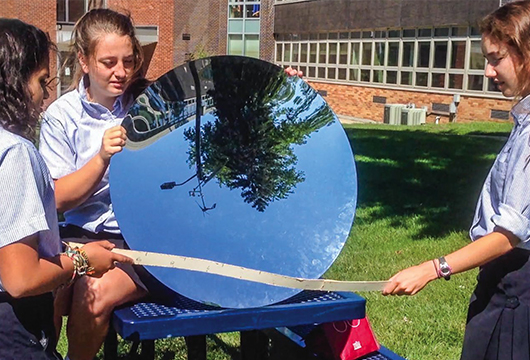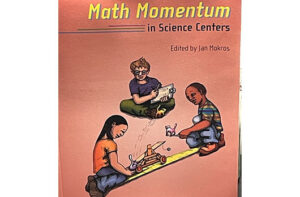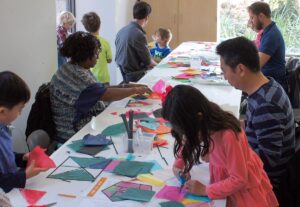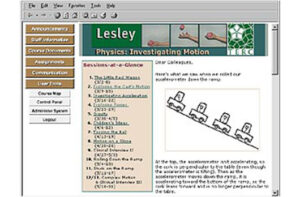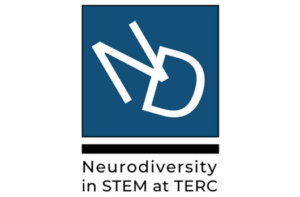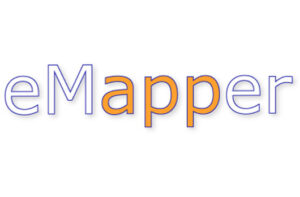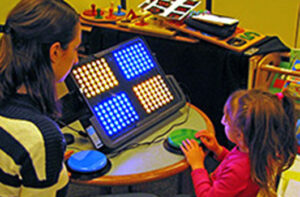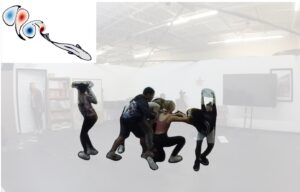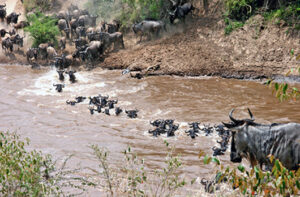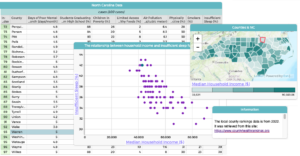Open Innovation Challenge to Mitigate Global Warming
Gillian M. Puttick, Brian Drayton, and Santiago Gasca
Connected Science Learning September–October 2023 (Volume 5, Issue 5)
Summary
The purpose of science competitions or science fairs in STEM education is to provide students with opportunities to experience and practice science as it is practiced and experienced in the real world. A Framework for K–12 Science Education argues that the principal aim of science is to create and critique evidence-based causal accounts of natural phenomena (NRC 2012). To support this, the Next Generation Science Standards have outlined “science practices” as a guide for reproducing authentic science learning in the classroom (NGSS Lead States 2013). Further, the Frameworks suggests that science progresses through discourse within the community of scientists and thus emphasize that students should learn to communicate and argue about information and findings “clearly and persuasively” (NRC 2012 p. 53). How can authentic science experiences be supported in classrooms?
Over several years in the Innovate to Mitigate project, we at TERC (an independent research-based non-profit organization) have hosted open innovation challenges nationally for young people ages 13–18 to develop methods for mitigating global climate change. Past submissions have included projects in a wide range of domains (e.g., energy conservation, alternative energy generation, agricultural methods, or social/behavioral change).

Related People:
Gillian Puttick, Brian Drayton, and Santiago Gasca



